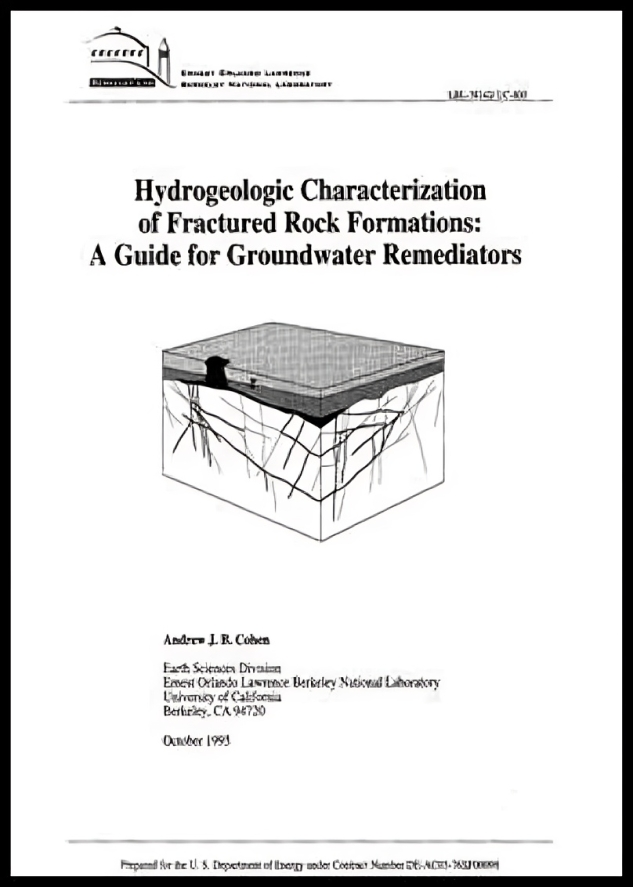A field site was developed in the foothills of the Sierra Nevada, California, to develop and test a multi‑disciplinary approach to characterize ground water flow and transport in fractured rocks. Nine boreholes were drilled into the granitic bedrock and a wide variety of new and traditional tools were applied to characterize the subsurface. The hydrogeologic structure and properties of the field site were deduced by integrating results from the various geologic, geophysical, hydrologic, and other investigative methods that were used. The findings are synthesized in this report, which is structured as a guidebook, to explain how new and traditional technologies were applied; suggestions on how best to use, integrate, and analyze field data; and comparisons of the shortcoming and benefits of the different methods used in this work.
Menu

